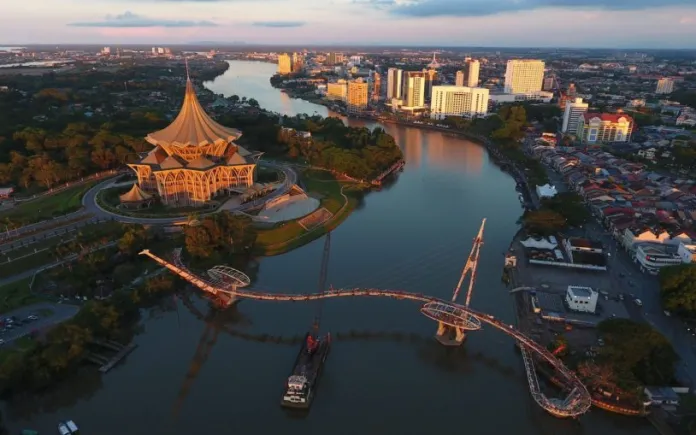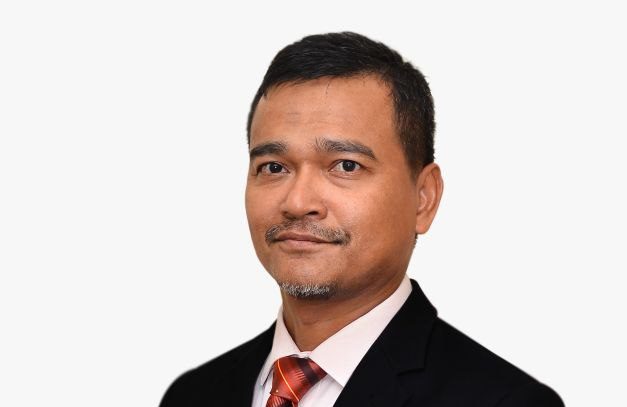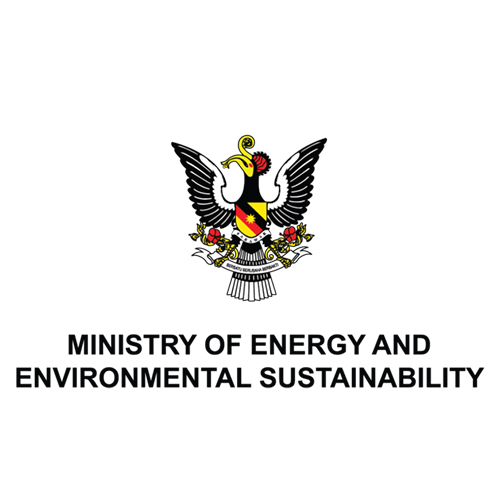KUCHING, April 18: Sarawak stands among the top three states and Federal territories serving as the prime mover of Malaysia’s economy, collectively contributing 60.8 per cent to the nation’s economic output.
In the Department of Statistics Malaysia’s (DOSM) Economic Statistics All Sectors 2022 report, it is highlighted that Selangor, W.P. Kuala Lumpur, and Sarawak emerge as the top three contributors, accounting for 60.8 per cent of the total value added in terms of economic performance.
Value added represents the increase in the value of goods and services contributed by manufacturing establishments and is calculated as the difference between the value of gross output and intermediate input.
Selangor leads the pack with a 25.1 per cent share, amounting to RM314.4 billion (compared to RM291.9 billion in 2020). Kuala Lumpur follows closely behind with 23.9 per cent, totalling RM299.8 billion (compared to RM304 billion in 2020), while Sarawak holds 11.8 per cent, totalling RM147.9 billion (compared to RM107.5 billion in 2020).
World Bank economist’s recognition
Sarawak’s economic significance was highlighted by World Bank lead economist for Malaysia, Apurva Sanghi in a post shared on the social media platform X (formerly known as Twitter) on April 17, where he pointed out that more than half of the national Gross Domestic Product (GDP) is contributed by only three states: Selangor, Kuala Lumpur and Sarawak.
Utilising data from DOSM in 2021, Sanghi shared a map graphic of Malaysian states blown up in proportion to their contribution to the national GDP. He emphasised, “Visually, what stands out is that more than half of the national GDP comes from just 3 states/FTs.”
Sarawak contributed 9.75 per cent to the national GDP, while Selangor leads with 25.54 per cent and the federal territory of Kuala Lumpur, including Putrajaya, follows closely behind with 16.2 per cent.
The economy of Sarawak is the fourth largest of the states of Malaysia, accounting for approximately 10 per cent of the nation’s GDP. With a population of 2.56 million out of Malaysia’s 32.4 million people, Sarawak hosts 7.9 per cent of the Malaysian population.
Sarawak GDP in 2021
According to DOSM in the Gross Domestic Product (GDP) by State 2021 report, Sarawak’s GDP experienced a growth of 2.9 per cent in 2021, rebounding from a decline of 6.8 per cent in 2020, reaching an economic value of RM131.2 billion compared to RM127.5 billion in 2020.
The services sector expanded by 2.1 per cent, driven by the wholesale and retail trade, information and communication, and utilities subsectors. The manufacturing sector rose by 11.2 per cent, fueled by the petroleum, chemical, rubber and plastics products subsector.
However, the mining and quarrying sector fell by 3.3 per cent following declines in natural gas, crude oil and condensate production. Similarly, the agriculture sector dropped by 3.2 per cent due to lower oil palm and other crops as well as the forestry and logging production.
In terms of GDP per capita in 2021, Sarawak surpassed the national average, rising from RM55,931 in 2020 to RM65,971 in 2021 (compared to the national GDP per capita of RM47,439).
Sarawak aims to double GPD towards 2030
Premier of Sarawak Datuk Patinggi Tan Sri Abang Johari Tun Openg has underscored Sarawak’s ambitious goal of doubling its GDP from RM136 billion in 2019 to RM282 billion by 2030, alongside the creation of approximately 200,000 new job opportunities.
This vision requires maintaining an annual growth rate of at least 8 per cent over the next six years, a substantial leap from the current rate of three to four per cent.
This roadmap for this transformation is the Post-Covid Development Strategy (PCDS) 2030, with a strategic focus on high-technology and green economy sectors.
RHB Research report
In a February report, RHB Research outlined Sarawak’s trajectory towards becoming an economic powerhouse, fueled by a capital injection exceeding RM100 billion over the next six years.
This injection aligns seamlessly with the PCDS 2030, emphasising key sectors such as infrastructure, utilities, transport, manufacturing, and renewable energy. Moreover, Sarawak’s emphasis on infrastructure development presents a wealth of opportunities, spanning hydrogen, methanol, and broader infrastructure ventures.
The research firm anticipates robust economic growth for Sarawak, projecting between 5 per cent and 6 per cent in 2024, surpassing the estimated 4-5 per cent growth in 2023. This growth is underpinned by increased development expenditure (DE) from both state and federal governments.
Sarawak’s DE allocation stands at RM7.8 billion, its highest in five years, while the federal government’s allocation to the state reaches a historic high of RM5.8 billion in 2024.
The heightened DE is expected to propel growth in Sarawak’s construction sector GDP, particularly through a surge in infrastructure projects. Notably, in 2023, Sarawak ranked fifth in project value awarded, after Selangor (RM25.4 billion), Johor (RM20.5 billion), Kuala Lumpur (RM15.5 billion), and Pulau Pinang (RM12.7 billion).
Projects like the Second Trunk Road and Phase 2 of the Sabah-Sarawak Link Road are set to elevate Sarawak’s project value awards in the coming years.
The construction sector in Sarawak has shown remarkable growth, recording RM14.6 billion worth of construction work in 2023, with a compounded annual growth rate of 4.5 per cent over six years, outpacing states experiencing declines.
RHB Research highlights key infrastructure components to watch, including water projects, transportation projects like the Kuching Autonomous Rapid Transit and highways, renewable energy projects like hydropower, and potential data center setups.
Furthermore, Sarawak’s new oil discoveries and advantageous position for carbon capture and storage are expected to drive demand for related infrastructure.
Sarawak stands to benefit from foreign investments due to competitive unsubsidised electricity tariffs, business-friendly policies, and abundant renewable energy sources, making it an attractive destination for investors within Asean. — DayakDaily









